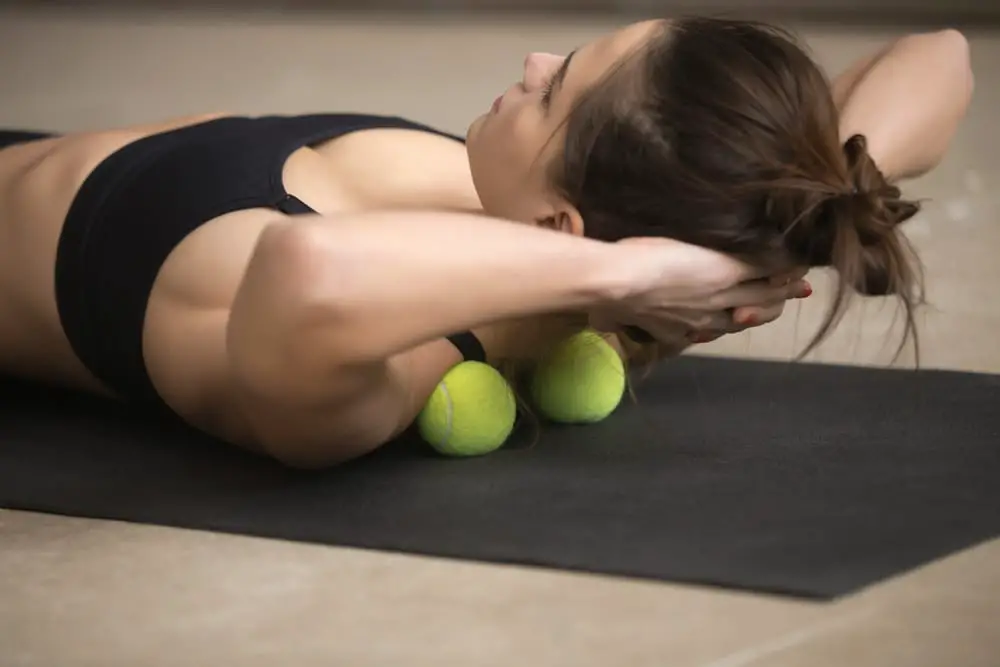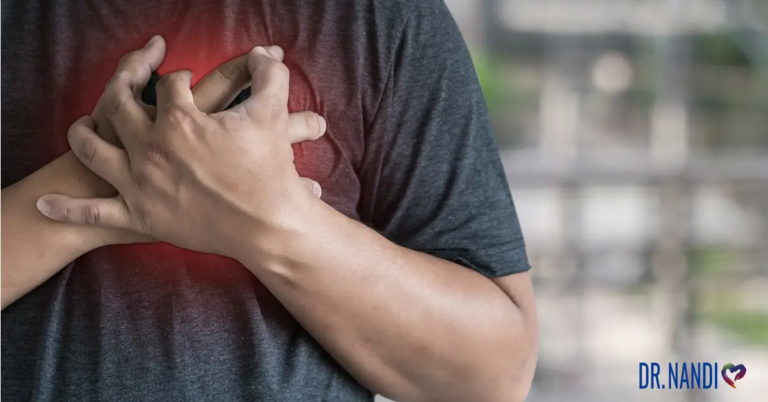It may seem as though massage therapy is a newer wellness trend, but the use of touch as a healing method dates back at least 5,000 years. Scholars believe that Hindus used massage as a sacred natural healing practice in 3,000 BCE as part of their Ayurvedic system. Throughout the ages, massage therapy traveled from China to ancient Greece and Rome. All of these cultures embraced massage therapy as a natural cure for various ailments. Presently massage therapy is considered a valuable healing technique worldwide.
Why Self Massage?
While there are many qualified massage therapists out there, some people choose to practice self-massage for effective pain relief. Furthermore, one study showed that individuals suffering from myofascial pain dysfunction syndrome (MPDS), which causes chronic pain, can benefit greatly by combining self-massage and at-home exercise. (1)
Due to our modern lifestyle, many people find themselves working in front of a desk for long periods of time, which can create pain in the neck, shoulders, and back area. Learning self-massage techniques to alleviate the pain in these areas can be very helpful.
What Are Home Self-Massage Techniques?
There are various home self-massages techniques that you can do to help relieve pain. The following are some of the most popular methods:
Massaging the Head, Neck, or Feet with Your Hands
Using your hands to give yourself a self-neck, self-foot, or self-head massage is very beneficial. These places are easy to access and don’t require much pressure, making them easy to massage with the hands.
Massage with a Foam Roller the Legs, Back, and Glutes
A foam roller helps reduce muscle discomfort in the following areas.
- calves
- thighs
- hamstrings
- glutes
- lower back
- iliotibial (IT) band
First, lay the body on the ground and position the roller over it. Then shift the body back and forth across the roller.
Massage the Shoulders, Back, and Pectoral Muscles With a Tennis Ball
Tennis balls and golf balls are ideal for mobilizing out-of-the-way muscle groups such as shoulders, mid-backs, and pectorals. To make things more pleasant, roll over the ball on the floor or against a wall. It’s essential to watch out for golf balls since they’re hard.
Massage Tools You Can Use By Yourself
Other self-massage gadgets are available to target various muscle groups with greater precision. These include:
- neck and shoulder massagers
- massage guns
- cold or cryotherapy rollers
- back massagers
- heated massagers
Self Massage Benefits
These are some of the benefits of self-massage:
- It can lessen pain in various areas.
- It can mitigate feelings of anxiety and depression.
- It can help to achieve better sleep.
- It may improve immune function. (2)
- It can ease sore muscles and swelling. (3)
Self Massage for Neck Pain Relief
If your neck feels stiff or sore, try the following self-massage technique to ease the pain.
- Place two or three fingertips where your neck meets your shoulders.
- Apply pressure in the area.
- Using circular motions, slowly move toward your ear, where the neck and head meet.
- Release the area and roll your shoulders gently backward and forward
- Repeat three times
Self Massage for Shoulder Pain Relief
A hunched posture at a desk can cause shoulder pain. This self-massage can help.
- Bring the shoulders away from your ears, and gently bring your chin towards your chest to stretch your neck.
- Place your right fingers atop your right shoulder (upper trapezius area) and gently squeeze three times.
- Repeat on the left side
Self Massage for Back Pain Relief
Unfortunately, back pain is common due to various issues like muscle strains, nerve irritation, or damaged discs. Yoga and stretching exercises can help relieve lower back pain and this self-massage technique (you will need a tennis ball).
- Place the tennis ball between your lower back and a wall.
- Find areas of tension by moving your body side to side or up and down.
- Apply pressure for a few seconds in the painful spots to release tension
Safety First
These self-massage techniques are intended to ease mild pain. Contact your physician for further diagnosis if you experience ongoing or intense pain. Some conditions might not benefit from self-massage sessions; consult with your doctor before trying self-massage if you are experiencing:
- Fractures, burns, and healing wounds
- Bleeding disorders
- Deep vein thrombosis
- Taking blood-thinning medications
References:
- Short-term effects of self-massage combined with home exercise on pain, daily activity, and autonomic function in patients with myofascial pain dysfunction syndrome – PMC (nih.gov)
- Massage Therapy is Associated with Enhancement of the Immune System’s Cytotoxic Capacity: International Journal of Neuroscience: Vol 84, No 1-4 (tandfonline.com)
- Effects of massage on delayed-onset muscle soreness, swelling, and recovery of muscle function – PubMed (nih.gov)



















